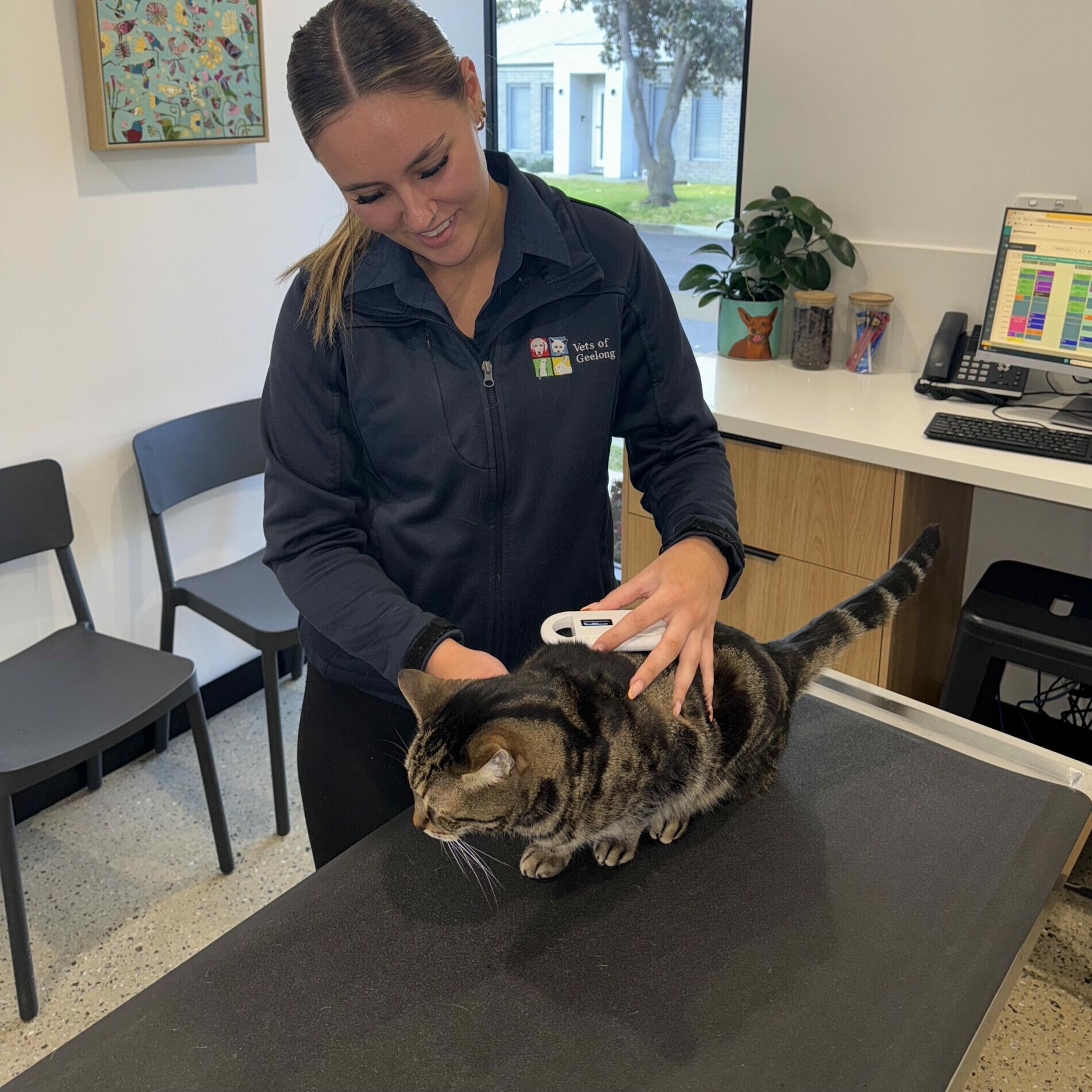Just like humans, our pets can also suffer from anxiety, and just as with us, it doesn’t matter if the danger
is real or imagined; the physiological responses surrounding that fear are very real. Excessive nervousness or fear is often triggered by specific situations or stimuli, but if it is left unaddressed, it can often manifest itself in a variety of behavioural or physical symptoms, which can significantly impact the quality of life of our pets.
Anxiety will often manifest itself differently in each animal, so it is important to be aware of your pet’s behaviour and personality in order to recognise any changes. It is also important to have a health check with your vet if you notice any behavioural issues, as anxiety can sometimes be a symptom of an underlying medical condition. Many conditions, like arthritis, dental problems or gastrointestinal problems, can cause significant pain and significantly increase stress and anxiety in our pets.
Physical And Behavioural Signs Of Anxiety
We know ourselves that if we are feeling nervous or fearful about something, our heart rate quickens and our breathing becomes more rapid, and this is the same for our pets. When the nervous system is triggered, the pupils can dilate (get bigger) to allow more light into the eyes, enhancing vision so our pets are better able to assess any potential threats, blood pressure can temporarily increase and our pets may show signs of trembling or shaking, even when it is not cold. Stress can cause our pets to lose their appetite or stop eating altogether, and you may notice them drooling or lip-licking. They may also become more vocal than usual and start barking or meowing all the time.
Destructive behaviour such as chewing, digging or scratching may not just be signs of a naughty pet, but one who is very anxious about something. If you notice your pet becomes suddenly restless, or they are pacing and can’t settle down, this could also indicate that something is troubling them. Equally, if they start trying to hide themselves away or attempt to escape, they may be distressed. In cats, stress can also present in other ways, such as inappropriate urination like spraying on doors or windows, or overgrooming to the point of creating bald patches of fur.
Common Anxiety Triggers
While not all triggers are easy to spot, the more common ones include loud noises such as fireworks or thunderstorms, and even unfamiliar loud noises can be scary. Strange people, animals or environments, changes in routine and separation anxiety can all trigger nervousness.
Help To Ease Your Pet’s Anxiety
Employing the right strategies can help relieve your pet’s anxieties. Creating a safe space that your pet can retreat to, keeping to a routine with regular walks and feeding and providing mental stimulation are great ways to start.
Calming aids like sprays, diffusers or collars mimic the natural pheromones of a calm pet, and supplements formulated for pets can help relax your furry friend.
Positive reinforcement training and gradual exposure to the triggers will all help to desensitise your pet, and your vets can offer guidance and recommend behaviourists to help you formulate a tailored treatment plan.
